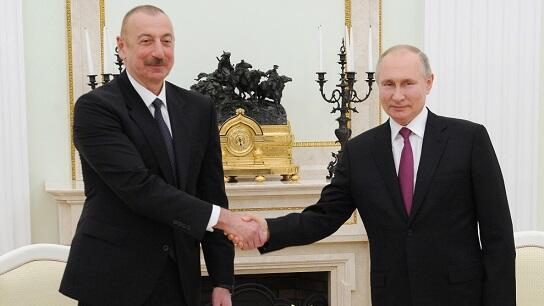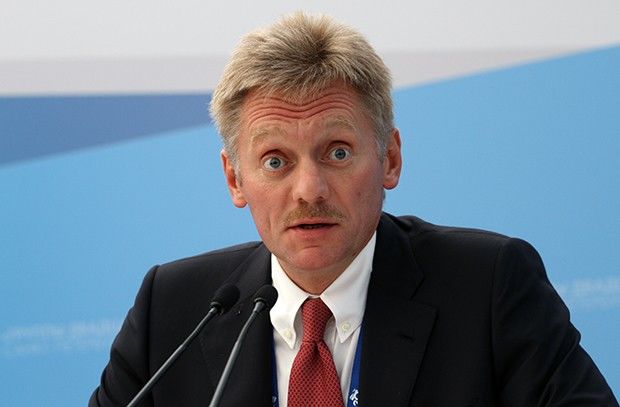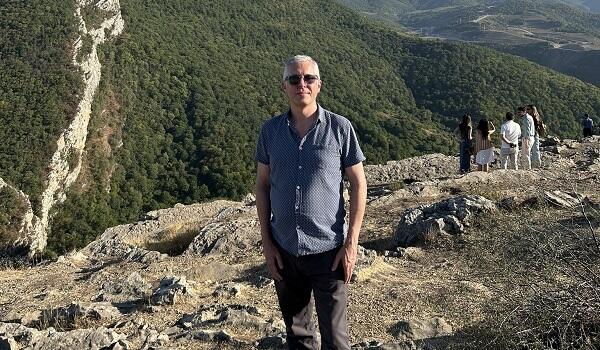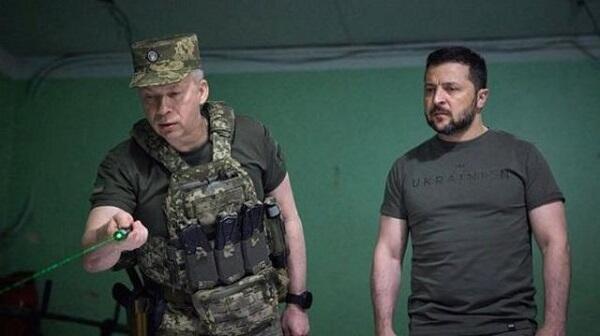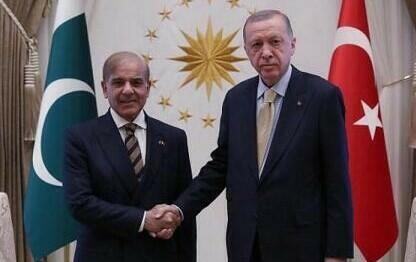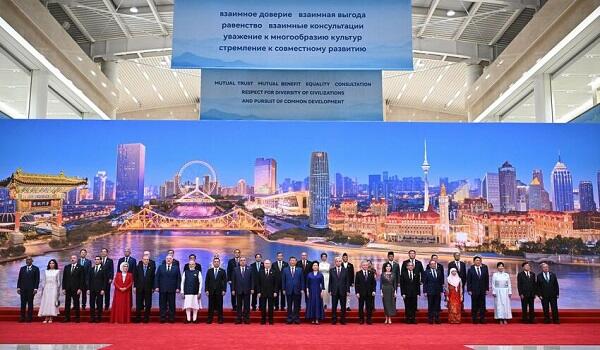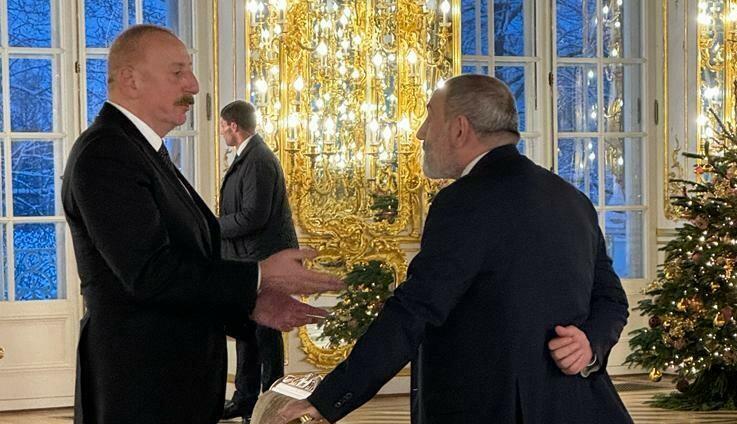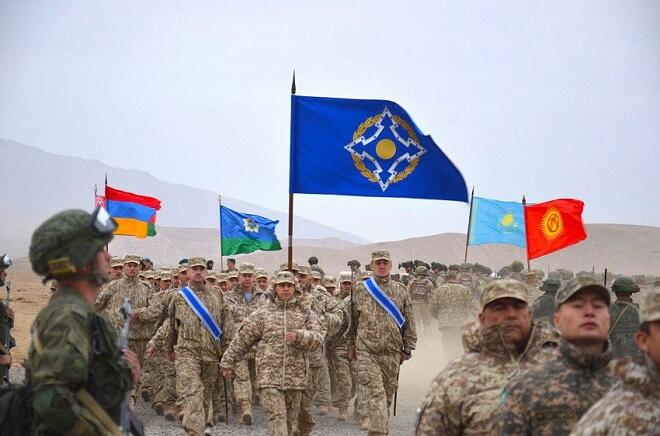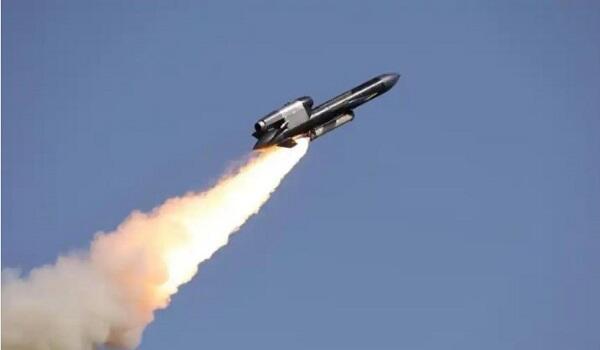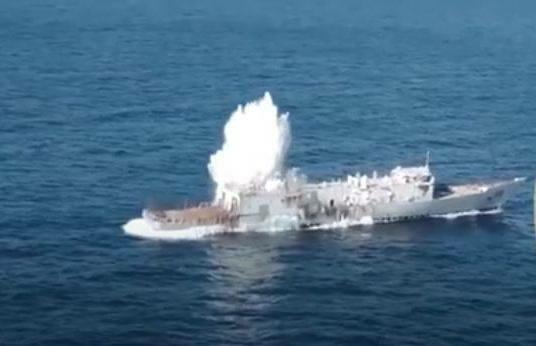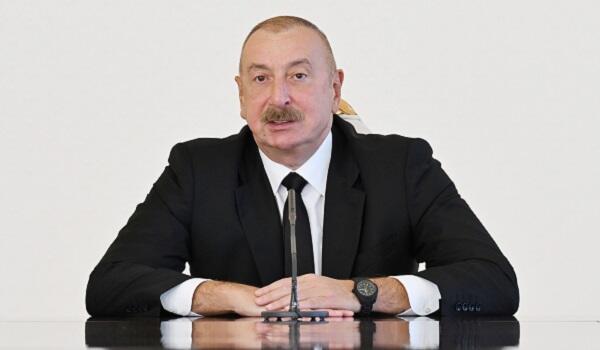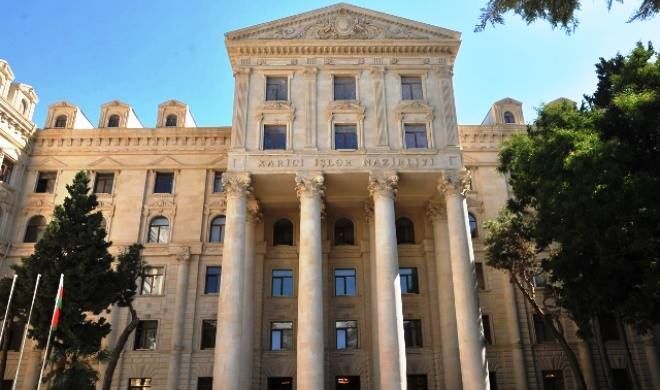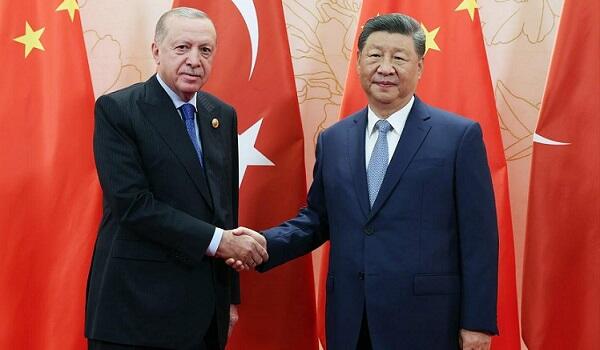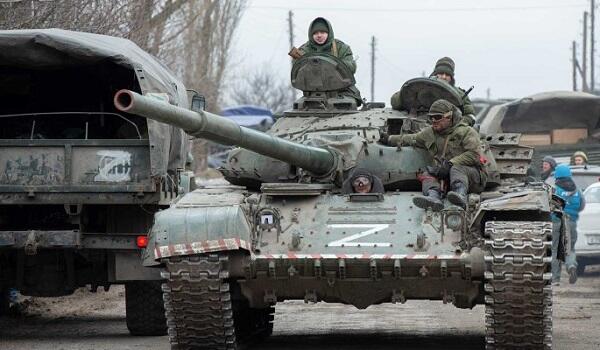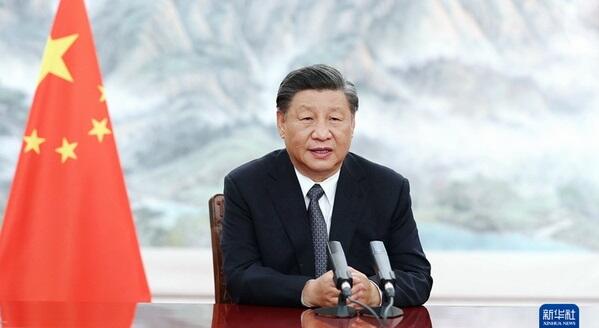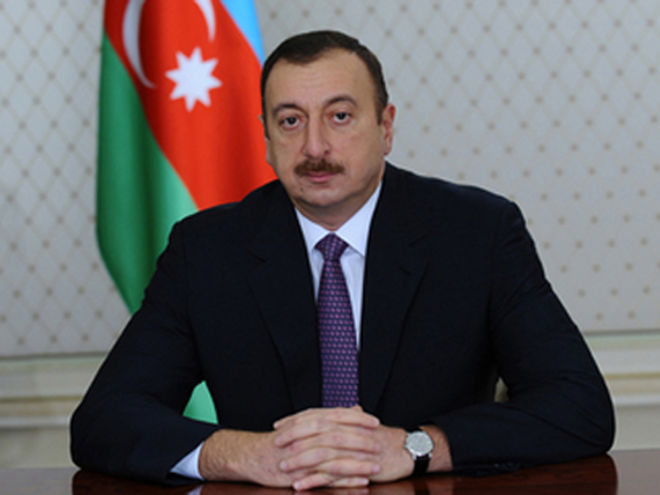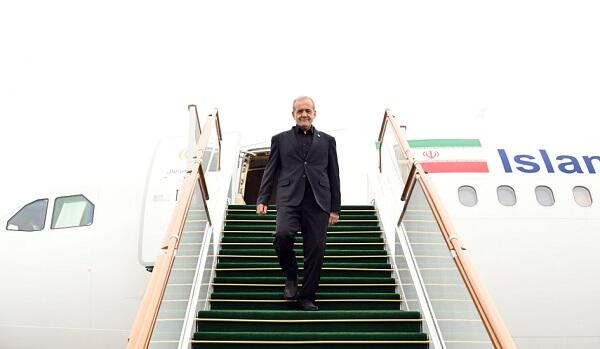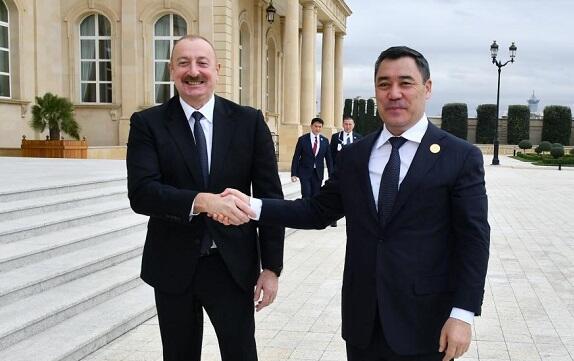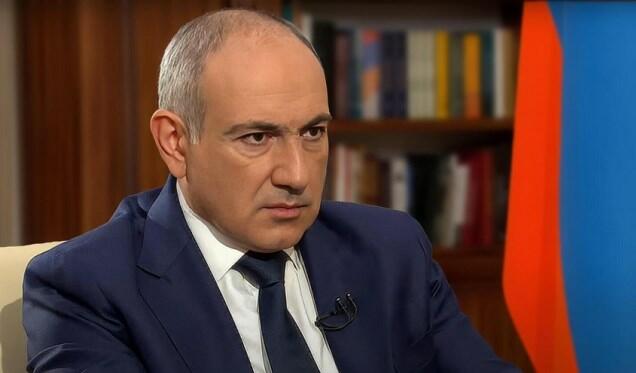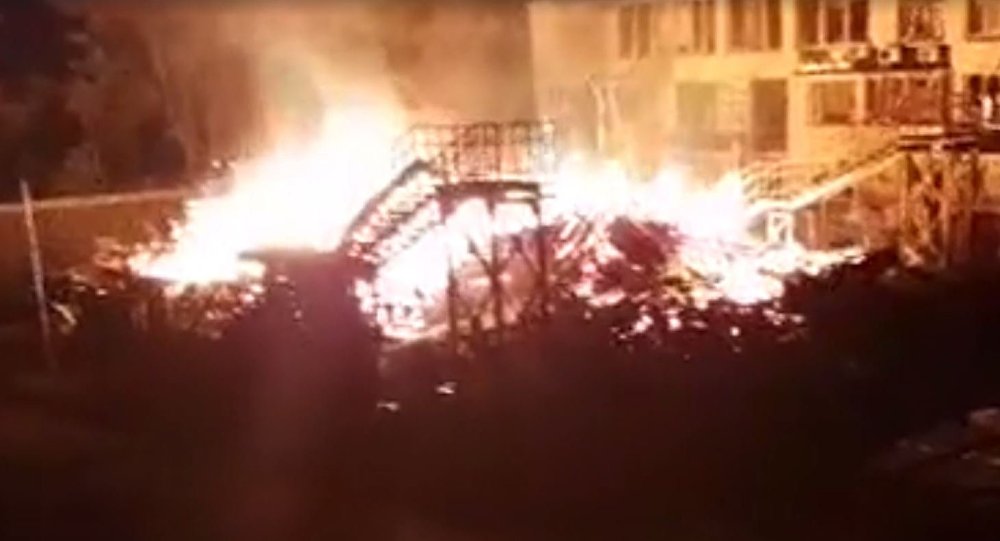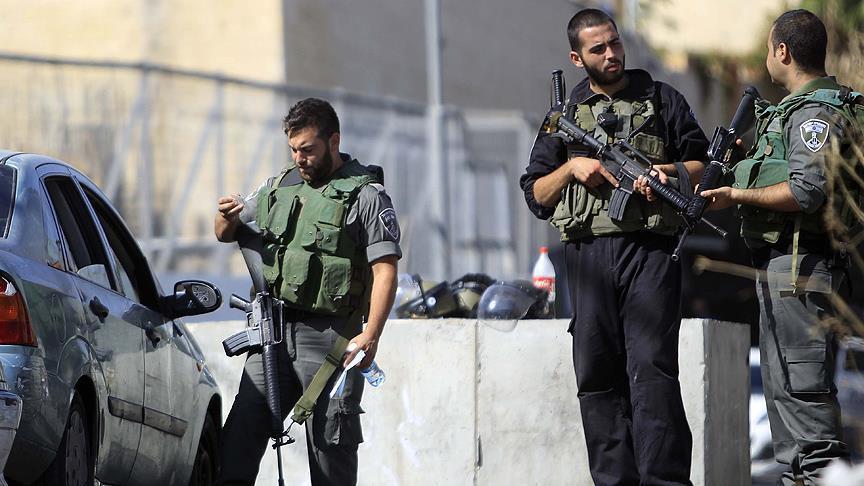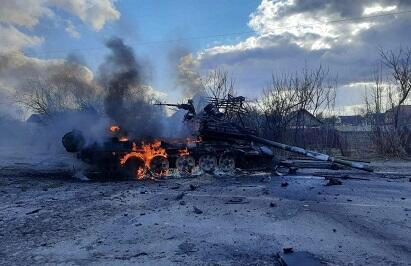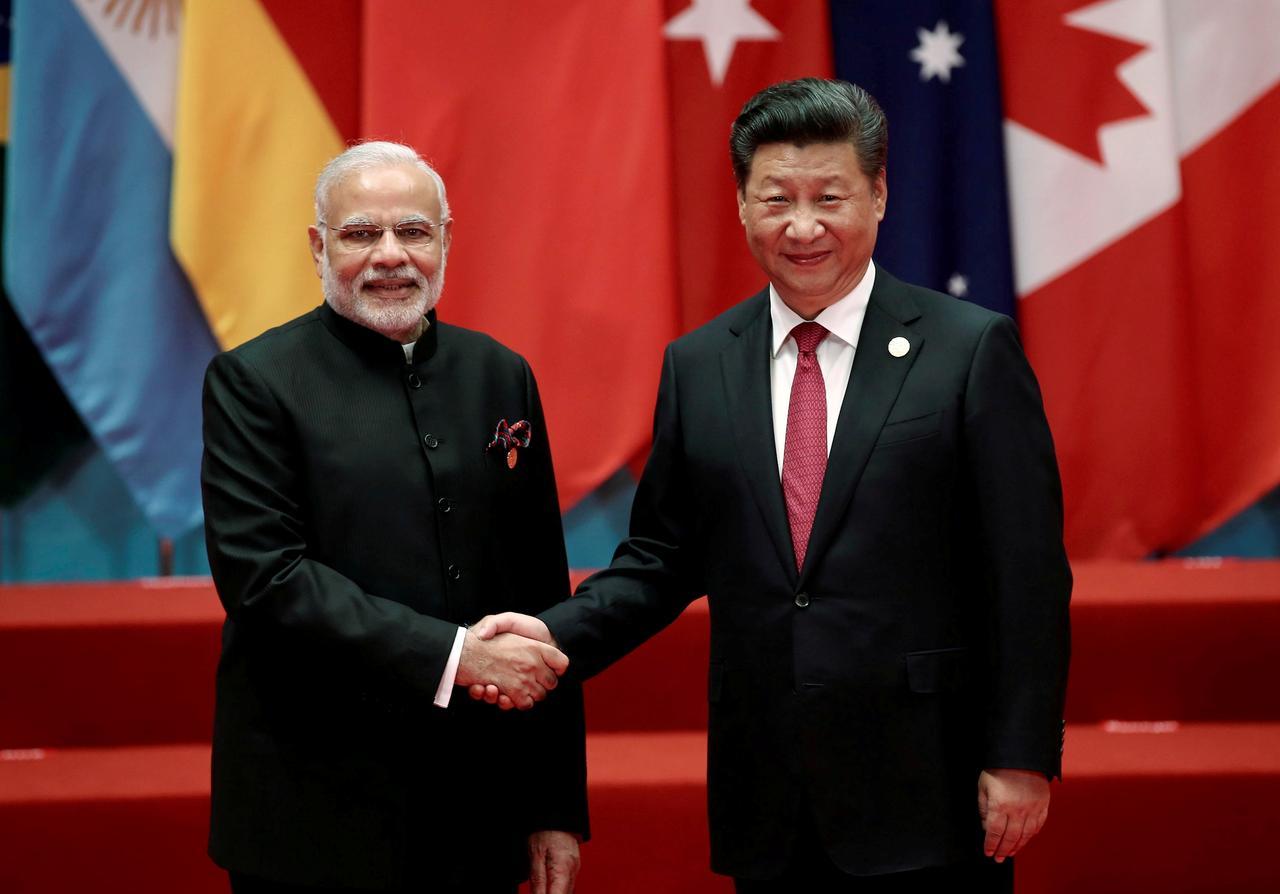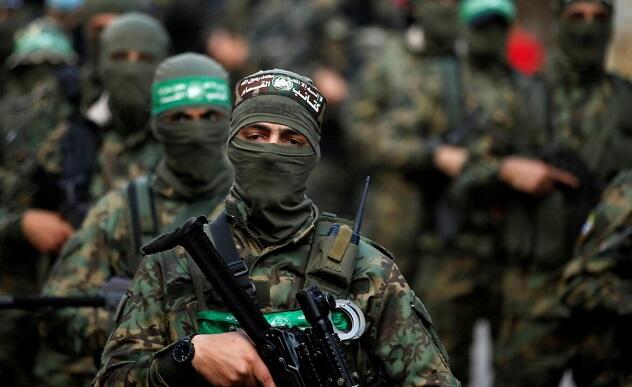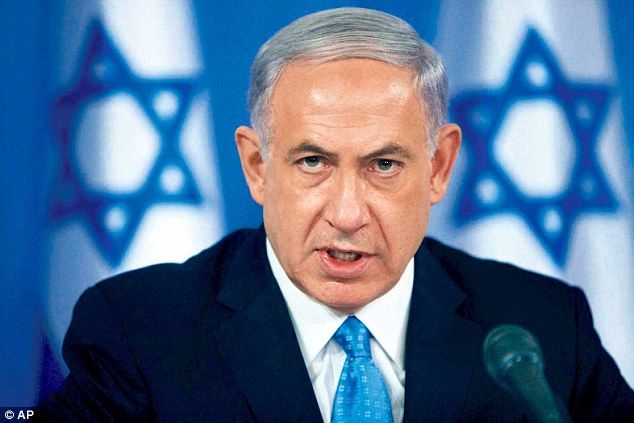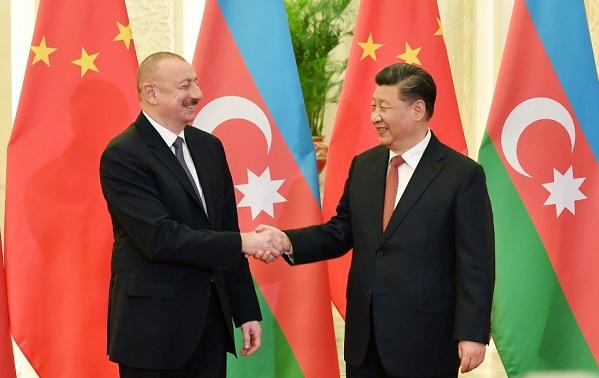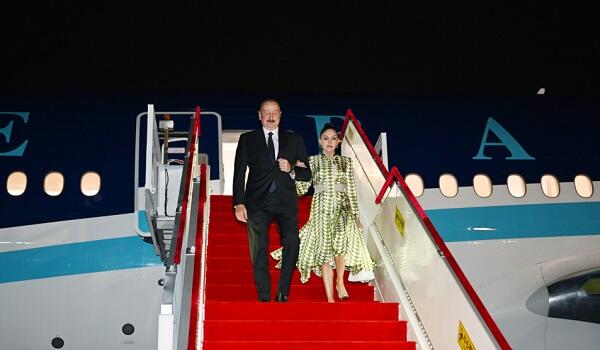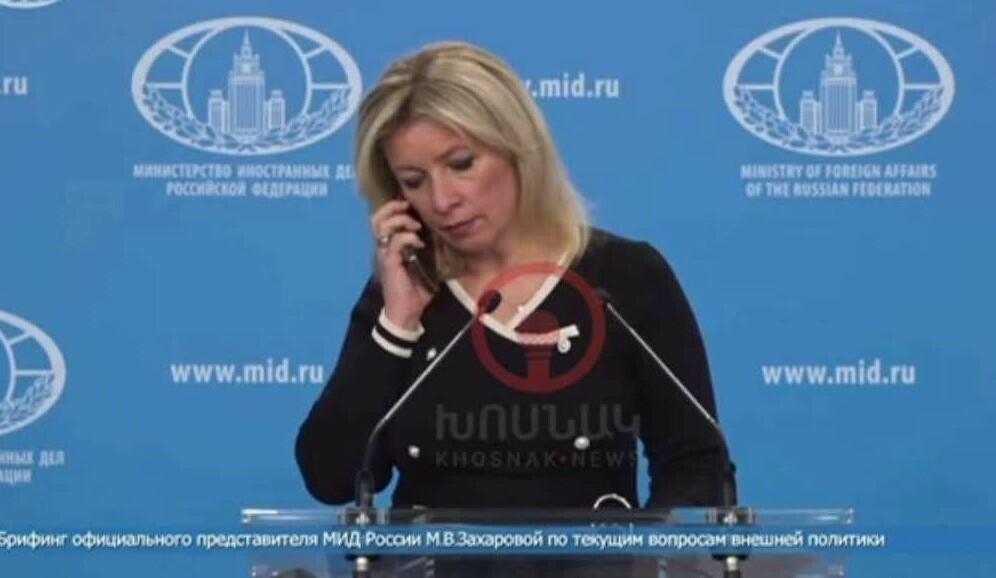Israel’s strike on Damascus appears, in the broader picture, as a move against the Trump Administration’s plan for Syria. Washington’s position on preserving Syria’s territorial integrity and its recognition of Turkiye’s guarantor role in the country is not welcomed in Tel Aviv, though there are factions within the U.S. military and political leadership that align with Israel, especially regarding the future of the PYD/YPG.
Israel (and U.S.-based centers aligned with Tel Aviv) approach the Syrian issue from a different perspective:
-
Federalization of the country: This implies, at best, applying the Iraq model to Syria, where the central authority has weak control mechanisms. However, such a model also poses risks of eventual fragmentation.
-
From Tel Aviv's viewpoint, a federalized Syria, modeled on Iraq, fits within its "security principles." Otherwise, there is a fear that the Iranian threat may re-emerge in the uncertain future, or that, in a more defined future, a new religion-centered regional power (especially involving Turkiye) could pose a threat.
The fall of Assad and the subsequent filling of the power vacuum in Syria by Turkiye created unwanted outcomes for Israel. But the situation did not end there:
-
The Trump Administration’s support for the Syrian leadership—meeting with Ahmad al-Shara, removing HTS from the list of terrorist organizations, and easing sanctions—further strengthened these undesirable outcomes.
-
The disarmament of the PKK significantly weakened the PYD/YPG card in Syria and led to a strategic deadlock for Israel.
In light of these developments, Israel’s use of the Druze card appears to serve two possible goals:
Maximal goal: To achieve Druze autonomy, thereby creating a precedent for Syria’s federalization.
Minimal goal: To use the Druze as a buffer against the new authorities in Damascus and to legitimize, de facto, the territories seized after Assad’s departure.
It is not out of the question that these were among Israel’s current demands during talks with Ahmad al-Shara in Baku. The bombing of Damascus afterward suggests no agreement was reached. One crucial point is that the Druze–Bedouin clashes in Suwayda began before the Baku meeting. From a cause-and-effect perspective, Israel—who has an interest in this conflict—could be seen as the organizer. However, it’s also a fact that the Shara administration views the Druze–Bedouin conflict as an opportunity to intervene and strengthen central control.
From this angle, both sides—Tel Aviv and Damascus—had stakes in the Suwayda clashes or at least tried to use them to their advantage. The outcome remains uncertain for both:
-
Syria, although withdrawing troops from the region, has not accepted demands for autonomy and has declared readiness for battle.
-
Israel, though trying to preserve its influence through the Druze card, faces major challenges in achieving its broader goals.
Netanyahu’s latest statements can be seen as an indication that Israeli strikes will continue. However, whether Tel Aviv can replicate its gains against Iran in Syria is doubtful—even though Damascus is significantly weaker than Tehran.
First, the Trump Administration’s stance on this matter still doesn’t fully align with Israel.
Second, Tel Aviv may find itself at odds with Ankara, which now plays a guarantor role in Syria—and Turkiye is not Iran.
Third, the U.S. is not interested in the situation escalating to the point of a direct clash between Turkiye and Israel.
These factors increase the likelihood that dialogue, under the shadow of localized clashes and Israeli strikes, will emerge as a preferred path forward. In this context, Baku’s role as a center for dialogue could grow even stronger. Even if negotiations remain difficult, maintaining lines of contact is also strategically important for Azerbaijan as one of the involved regional actors.
